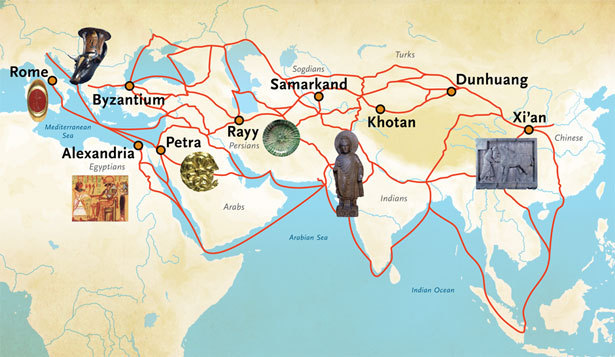White Mulberry : The White Mulberry around the World
The White Mulberry has traveled to many parts of the world, mainly due to humans’ emphasis on cultivating them for the silk trade. From its native land of China, the White Mulberry or “Ti-sang” traveled by way of the Silk Road to Persia and Syria.
It is believed that monks were responsible for bringing the White Mulberry from Persia to Greece. Norman kings brought the species from Greece to northern parts of France, and the British Isles. Upon arriving in France, in roughly 1494, the Normans spread to conquer many regions of Europe. The name Mulberry originates from its German counterpart “Maulbeer,” which is believed to be a corrupted form of the Latin term Morus. The term, Morus,meaning ‘delay’ in Latin, as its buds form late into the winter season (Cardina, 2009).
Unfortunately, the trees did not prosper as well in France, England or parts of Germany, as they had in warmer climates, and walls were built around them for extra protection. Nonetheless, the culture of silk began to flourish which supported the transport of this species to the English colonies in North America (Rafinesque, 1839).

